EVERYTHING in the garden seems to be going back to nature these days, from ‘no-dig’ to wild-flower lawns, which is why an increasing number of growers are turning away from chemical solutions to pest control and looking for other ways of helping plants fight back.
After all, countless generations of gardeners were able to keep a plot virtually free of pests without reducing it to a chemical battlefield because they knew that healthy soil produces healthy plants able to withstand most pest attacks.
So our first job is to make sure the soil is in tiptop condition with good drainage, aeration and good feeding. Compost is usually the best feed for the soil and its inhabitants.
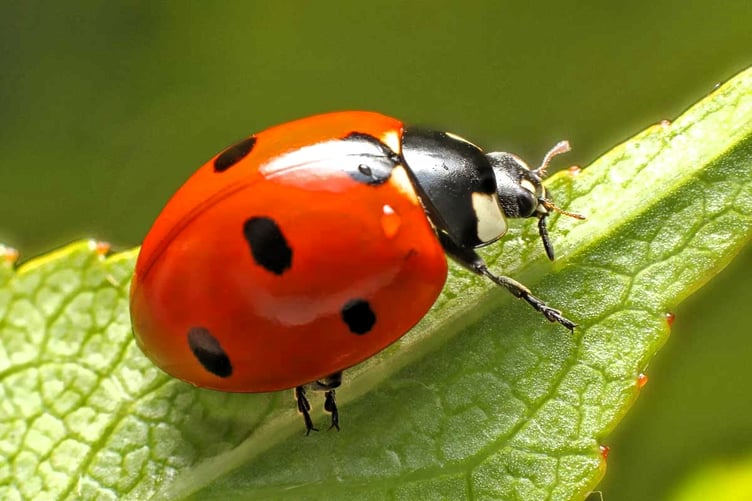
Then it’s back to basics. Many pests and diseases can be managed and prevented by a regular garden clean-up. A blast of the garden hose will dislodge aphids and mites and knock off leaf-eating beetles and other larger insects.
A bowl of soapy water will attract aphids and a shallow dish filled with beer and sunk into the ground will lure slugs to the last chance saloon. Crumpled paper under a flower-pot was reckoned a sure-fire way of trapping earwigs.
Carrots can be protected from the carrot fly by a temporary foot-high barrier around the crop - research has shown that the pest can’t fly that high! Friends who have tried it say it works.
Another traditional anti-pest remedy worth trying is putting wood-ash around plants to deter maggots, snails, aphids, beetles and spiders.
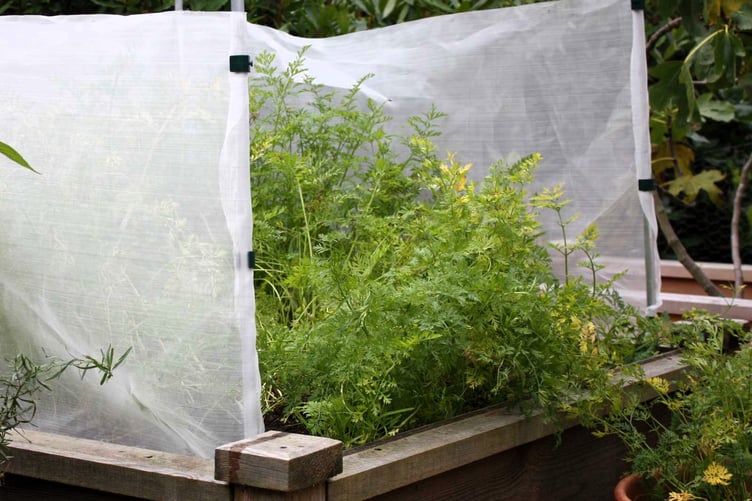
Pick off discoloured leaves and prune off diseased stems. Be sure to disinfect tools with a bleach and water solution to reduce the risk of spreading disease on to other plants.
Companion-planting has in the past played a key role in pest control. For instance, marigolds, of which there are over 30 species, are claimed to shelter neighbouring plants from eelworms, wireworms and millipedes.
Marigolds are also reckoned to pass on a fungal resistance to tomatoes and deter bindweed, couch grass and thistles.
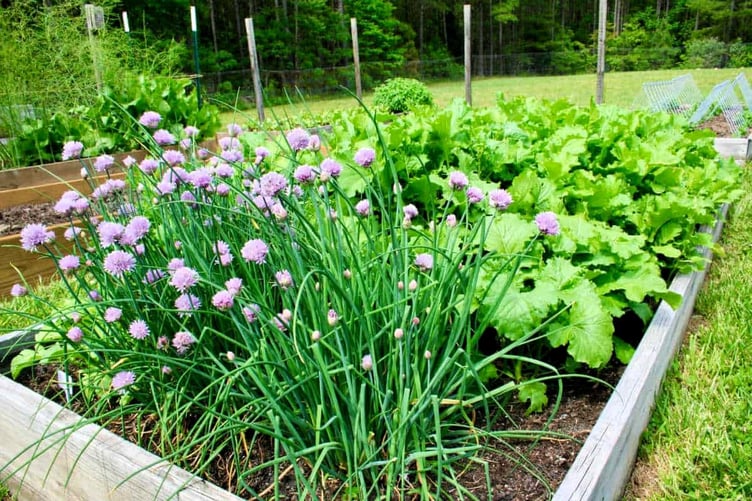
Nasturtiums repel whitefly and chives and garlic have been proved to send aphids packing, while parsley encourages healthy growth in neighbouring roses, asparagus and tomatoes.
Research seems to show that crop rotation can confuse pests which have been used to returning to the same patch of garden each year. When two or three years have been left between planting the same crop in the same place, it seems that a definite reduction in pests has been noted.
Many gardeners, particularly allotmenteers, have long known the value of covering vulnerable fruit and vegetable crops with a light fabric mesh supported by plastic hoops. These are particularly effective against birds which at this time of year almost queue up to feed on tender young seedlings.
But remember to lift the covers for a few hours when you are around to let pollinators in.
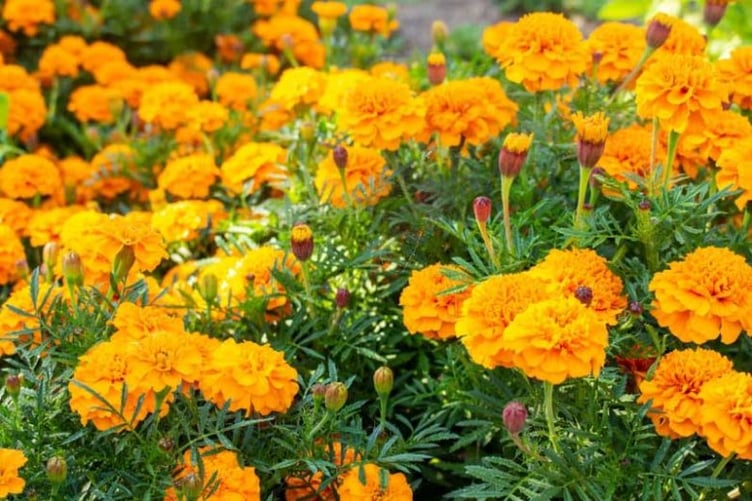
Attract insects that prey on pests by encouraging them to come to your garden in search of nectar, pollen and shelter. For instance, lacewings and hoverflies will appreciate plantings of fennel, yarrow, coriander, dill and chives.
Other favourites are tall flowers such as comfrey, sunflowers and yarrow.
Have second thoughts about getting rid of nettles - they have been shown to provide ladybirds with a start of the season supply of aphids to give them an appetite for the pests in your garden. And can they eat! Studies have shown that one ladybird can get through over 5,000 aphids a year.
Ironically, having a few pests around is actually a good thing - without them the beneficial insects, which dine on them, wouldn’t stick around, and that would reduce the ability of your garden’s ecosystem to self-regulate.
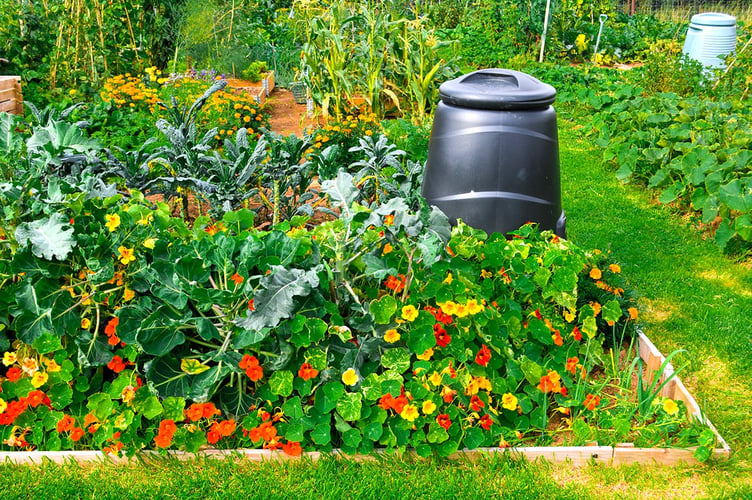
Natural pest control is fascinating, cheap and effective. Try it and you might have second thoughts about those chemical alternatives in future.
JUST THE JOB
What to do in West Somerset gardens in April
April is one of the busiest gardening months, and what you do - or don’t do - now can have a profound effect on your gardening success throughout the year.
Spring should be well on its way here, although late frosts are not unknown, but there’s an old Somerset saying that if wallflowers and blackthorn are in full bloom, warmer weather is here to stay.
FLOWERS
Sow hardy annuals such as love-in-a-mist and pot marigolds, sweet peas, sunflowers, candytuft, codetta and larkspur.
Protect the new shoots of hostas, delphiniums, lupins and other vulnerable plants, from slugs and snails.
Prune hydrangeas by cutting back old stems to a healthy shoot. Divide and replant healthy perennials.
Pinch out the shoot-tips of fuchsias to get bushier plants. Plant up hanging baskets but keep indoors until all threat of frost has passed.
VEGETABLES
This is the main month for outdoor sowing as the soil begins to warm up. Carrots, lettuce, radish, spring onions and other brassicas should be finding their way into the seed bed, and beetroot can be sown from the middle of the month. Most culinary herbs can now be sown safely, too.
Maincrop potatoes should go in along with box-raised onions, leeks and broad bean plants. Harden them off in the cold frame for a couple of days before exposing them to the great outdoors. Plant batches of these every few weeks to extend the cropping period.
Pinch out the tips of broad beans if they are attacked by aphids or spray with a soap-based solution.
FRUIT
Clear any debris from around strawberry plants to minimise the risk of the fungus disease botrytis. Make mats from old carpet to keep fruit off the ground.
Check grease bands on apple trees to deter capsids, weevils and woolly aphids. Scrutinise black currents for “big bud” - swollen buds caused by a tiny mite. The infected buds should be pinched out and burned.





Comments
This article has no comments yet. Be the first to leave a comment.